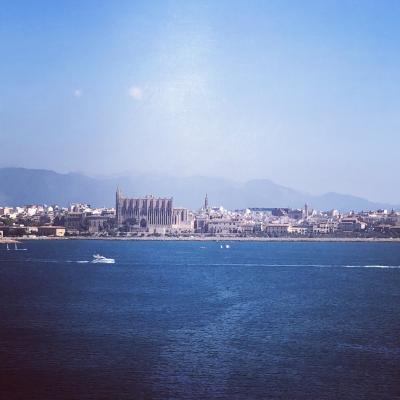In what ways did Mallorca’s Mediterranean climate influence the design of its ancient water management systems?
Similar Topics
mallorca mediterranean climate
ancient water management
seasonal water scarcity
cisterns and reservoirs
irrigation networks
terraced landscapes
rainwater harvesting
evaporation reduction techniques
Mallorca’s Mediterranean climate, characterized by hot, dry summers and mild, wetter winters, played a crucial role in shaping the design of its ancient water management systems. The island’s seasonal rhythms meant that water was often scarce during the prolonged summer months when demand was highest. To address this, early inhabitants developed sophisticated methods to capture and store water during the wetter periods. Cisterns and underground reservoirs were commonly used to collect runoff from occasional rains and ensure a steady supply. These storage systems were typically built with stone and lined with waterproof materials, reflecting a deep understanding of the environment and the need to conserve every precious drop.
Moreover, the intermittent nature of rainfall encouraged the construction of extensive irrigation networks that could efficiently distribute stored water to agricultural fields. Terraced landscapes and carefully engineered channels helped mitigate soil erosion and maximize water retention on the island’s mountainous terrain. The use of rainwater harvesting techniques and springs was optimized to sustain crops, especially during summer droughts. Wind and sun were also considered in the siting of water systems, with shade and airflow helping to reduce evaporation rates. In essence, Mallorca’s ancient water management was a direct response to the challenges and opportunities presented by its Mediterranean climate, showcasing the ingenuity of its early settlers in adapting to a demanding natural environment.
Moreover, the intermittent nature of rainfall encouraged the construction of extensive irrigation networks that could efficiently distribute stored water to agricultural fields. Terraced landscapes and carefully engineered channels helped mitigate soil erosion and maximize water retention on the island’s mountainous terrain. The use of rainwater harvesting techniques and springs was optimized to sustain crops, especially during summer droughts. Wind and sun were also considered in the siting of water systems, with shade and airflow helping to reduce evaporation rates. In essence, Mallorca’s ancient water management was a direct response to the challenges and opportunities presented by its Mediterranean climate, showcasing the ingenuity of its early settlers in adapting to a demanding natural environment.
🧩 Related Questions
Related Question
What role does clear multilingual communication play in improving the overall satisfaction of Mallorca tours?
Related Question
Are there specific times of year when stone wall building workshops are held in Mallorca?
Related Question
In what ways do carob trees help prevent soil erosion on the island of Mallorca?
